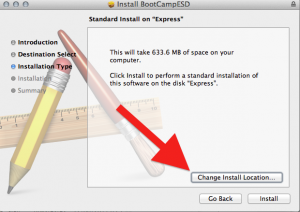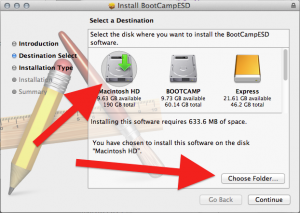Run this query, or remove the comments to actually create a stored proc.
Note that SQL pre-2008 requires a field to be commented out of the query, as noted inline.
/*
--Create Procedure WhoLock
--AS
if object_id('tempdb..#locksummary') is not null Drop table #locksummary
if object_id('tempdb..#lock') is not null Drop table #lock
create table #lock ( spid int, dbid int, objId int, indId int, Type char(4), resource nchar(32), Mode char(8), status char(6))
Insert into #lock exec sp_lock
if object_id('tempdb..#who') is not null Drop table #who
create table #who ( spid int, ecid int, status char(30),
loginame char(128), hostname char(128),
blk char(5), dbname char(128), cmd char(16)
--
, request_id INT --Remove this line for SQL 2005 or earlier
--
)
Insert into #who exec sp_who
Print '-----------------------------------------'
Print 'Lock Summary for ' + @@servername + ' (excluding tempdb):'
Print '-----------------------------------------' + Char(10)
Select left(loginame, 28) as loginame,
left(db_name(dbid),128) as DB,
left(object_name(objID),30) as object,
max(mode) as [ToLevel],
Count(*) as [How Many],
Max(Case When mode= 'X' Then cmd Else null End) as [Xclusive lock for command],
l.spid, hostname
into #LockSummary
from #lock l join #who w on l.spid= w.spid
where dbID != db_id('tempdb') and l.status='GRANT'
group by dbID, objID, l.spid, hostname, loginame
Select * from #LockSummary order by [ToLevel] Desc, [How Many] Desc, loginame, DB, object
Print '--------'
Print 'Who is blocking:'
Print '--------' + char(10)
SELECT p.spid
,convert(char(12), d.name) db_name
, program_name
, p.loginame
, convert(char(12), hostname) hostname
, cmd
, p.status
, p.blocked
, login_time
, last_batch
, p.spid
FROM master..sysprocesses p
JOIN master..sysdatabases d ON p.dbid = d.dbid
WHERE EXISTS ( SELECT 1
FROM master..sysprocesses p2
WHERE p2.blocked = p.spid )
Print '--------'
Print 'Details:'
Print '--------' + char(10)
Select left(loginame, 30) as loginame, l.spid,
left(db_name(dbid),15) as DB,
left(object_name(objID),40) as object,
mode ,
blk,
l.status
from #lock l join #who w on l.spid= w.spid
where dbID != db_id('tempdb') and blk <>0
Order by mode desc, blk, loginame, dbID, objID, l.status
Although this is a bare metal approach to investigating sql contention, the query does show you actual login names, so it enables you to join up technical issues with affected/affecting customers.





